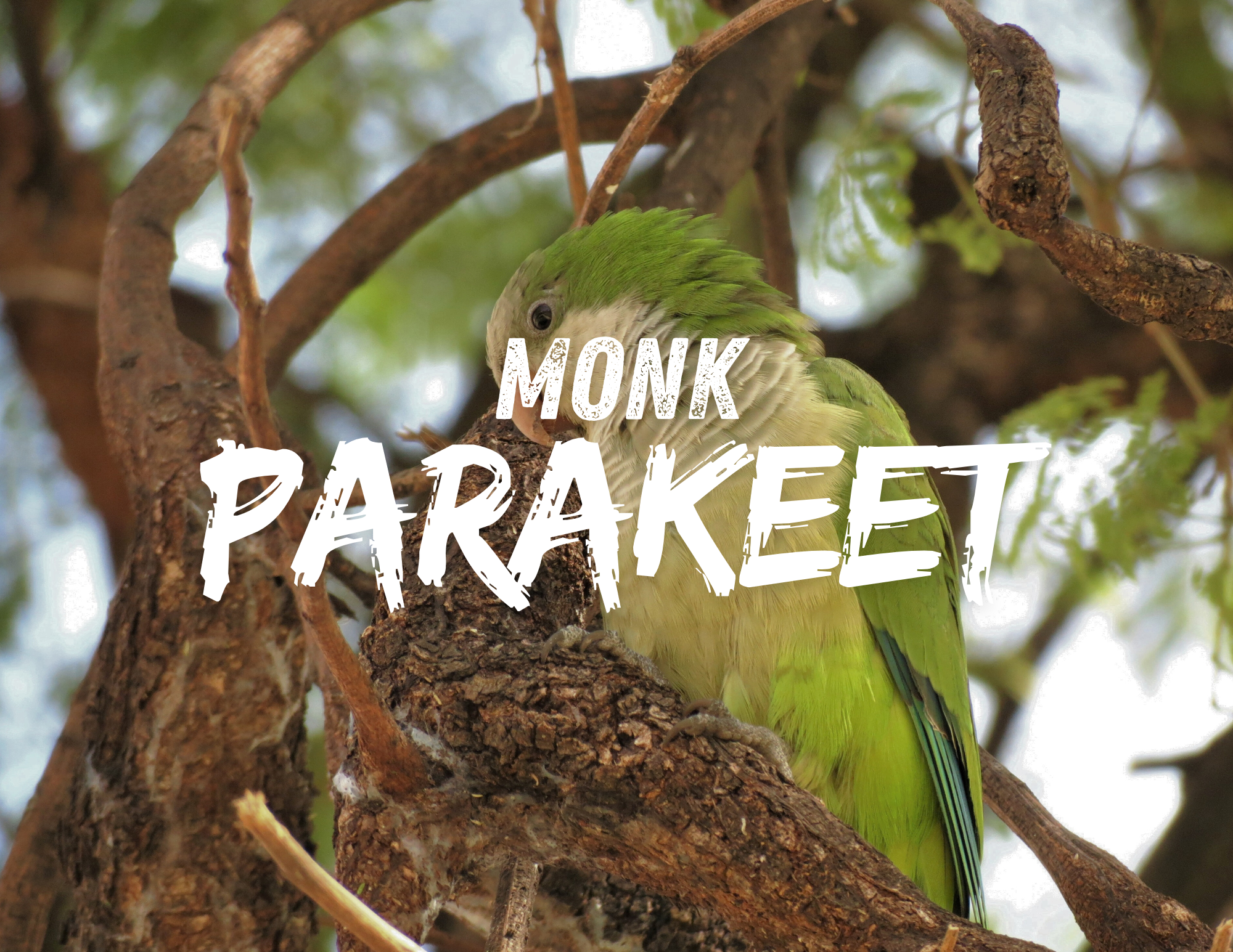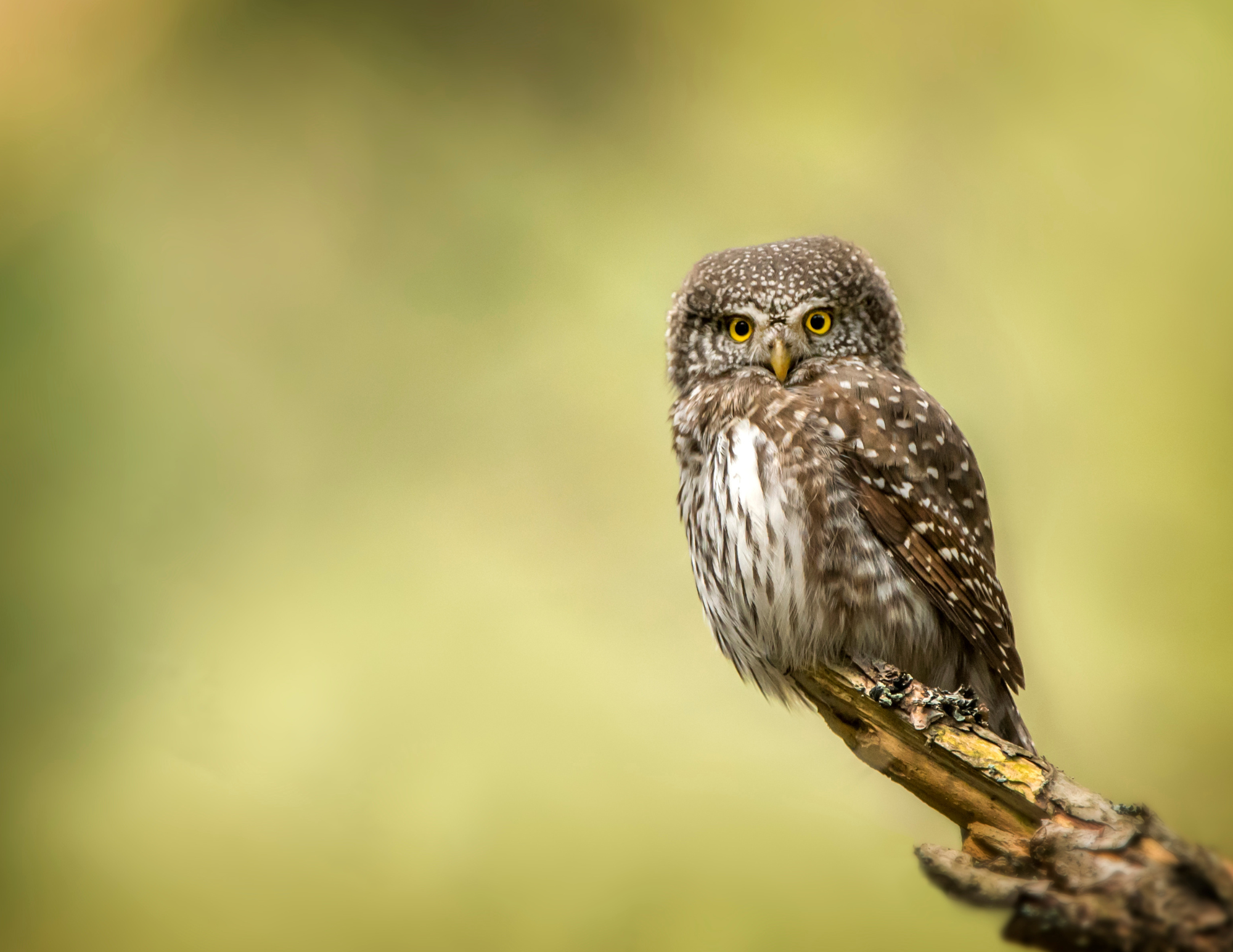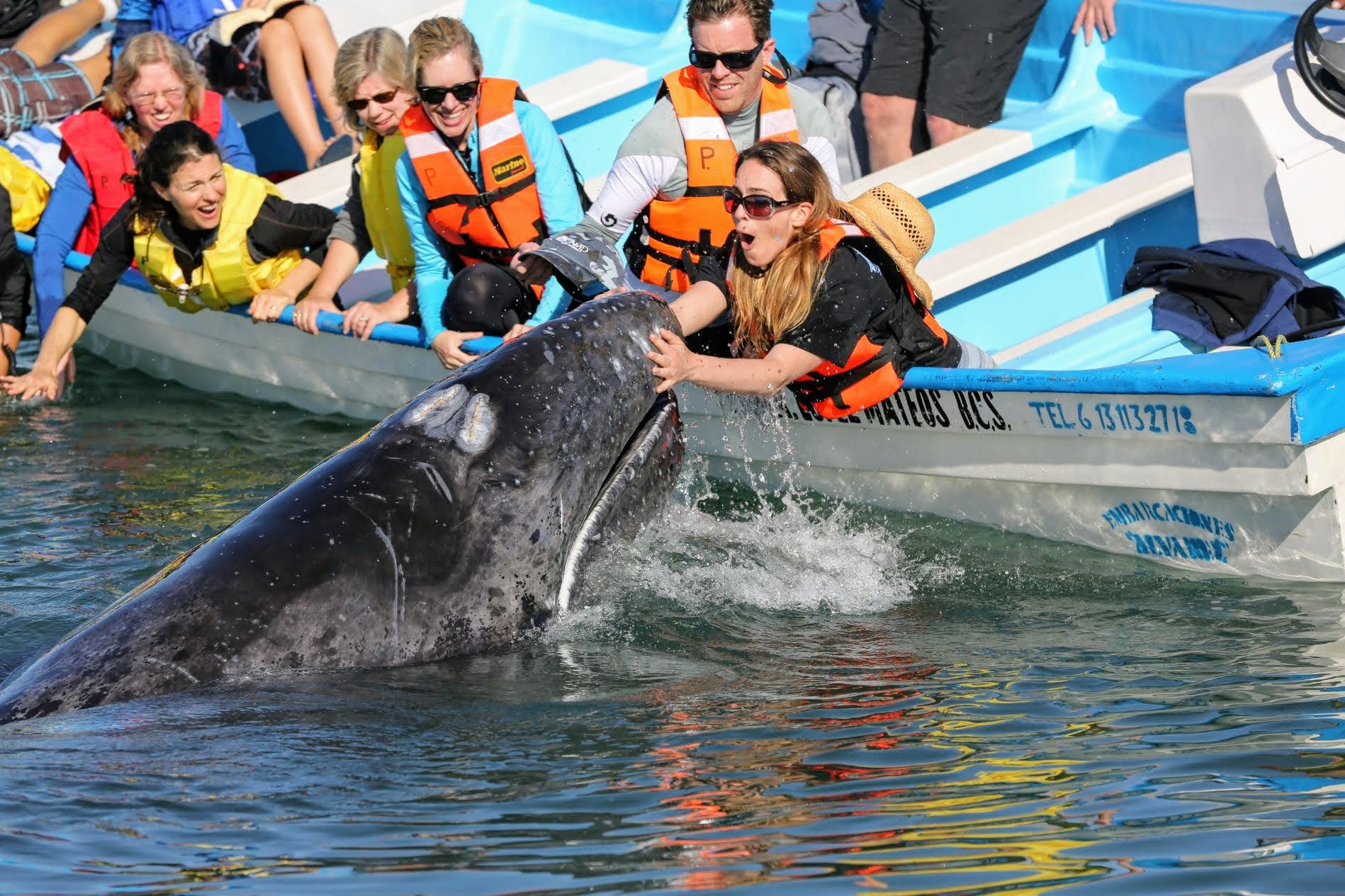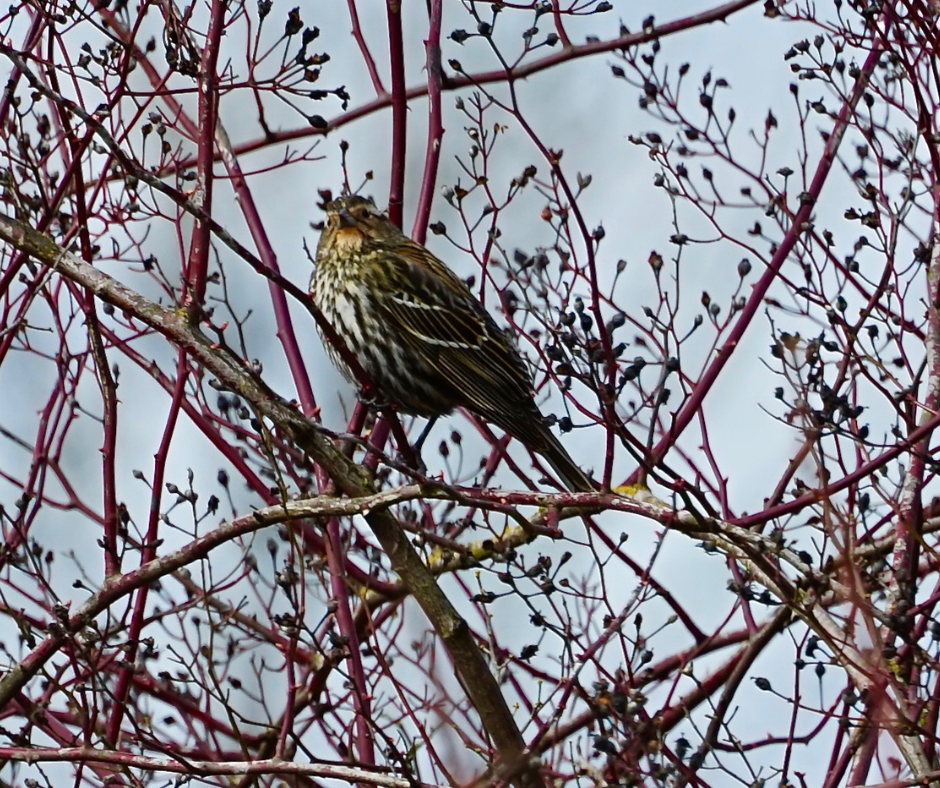If you’ve spent any time in Argentina—especially just outside the bustling city centers—you’ve likely encountered one of our most persistent, loud, and oddly charming neighbors: the Cotorra Argentina, or monk parakeet.
These small green parrots are everywhere. Perched on palm trees, squawking from tangled nests, flying in synchronized chaos over parks and streets. They’re not shy. In fact, they’re hard to ignore. Their chatter is constant. Sometimes it’s pleasant background noise. Sometimes it’s the avian version of a leaf blower at 6 a.m.
For locals, these parrots are part of the daily soundtrack—especially if you live near green spaces or trees. Step a few kilometers outside downtown, and their presence multiplies. They’re colorful, social, and endlessly active. But with that comes some complications.
They love trash. If you don’t seal your garbage bags properly, expect a feathered inspection. It’s like nature’s quality control—but messier. And while they’re beautiful, the sheer number of them has started to raise eyebrows. Some people call it a “plague,” though no one seems to mind enough to do much about it. They’re just… part of life here now.
It’s not just Argentina. Reports from Uruguay, Brazil, Paraguay, and even parts of Europe and the U.S. say these birds are thriving far beyond their native range. In some places, they’ve taken over parks, rooftops, even schoolyards. And while their antics might annoy a teacher trying to hold class under a screaming tree, they’re often seen as a lovable nuisance more than a threat.
So if you find yourself in South America and hear a wild, persistent chorus overhead, look up. It’s probably a cotorra—or fifty—discussing the state of your garbage bag. Welcome to the neighborhood.





